2021 Car of the Year: all seven contenders ranked
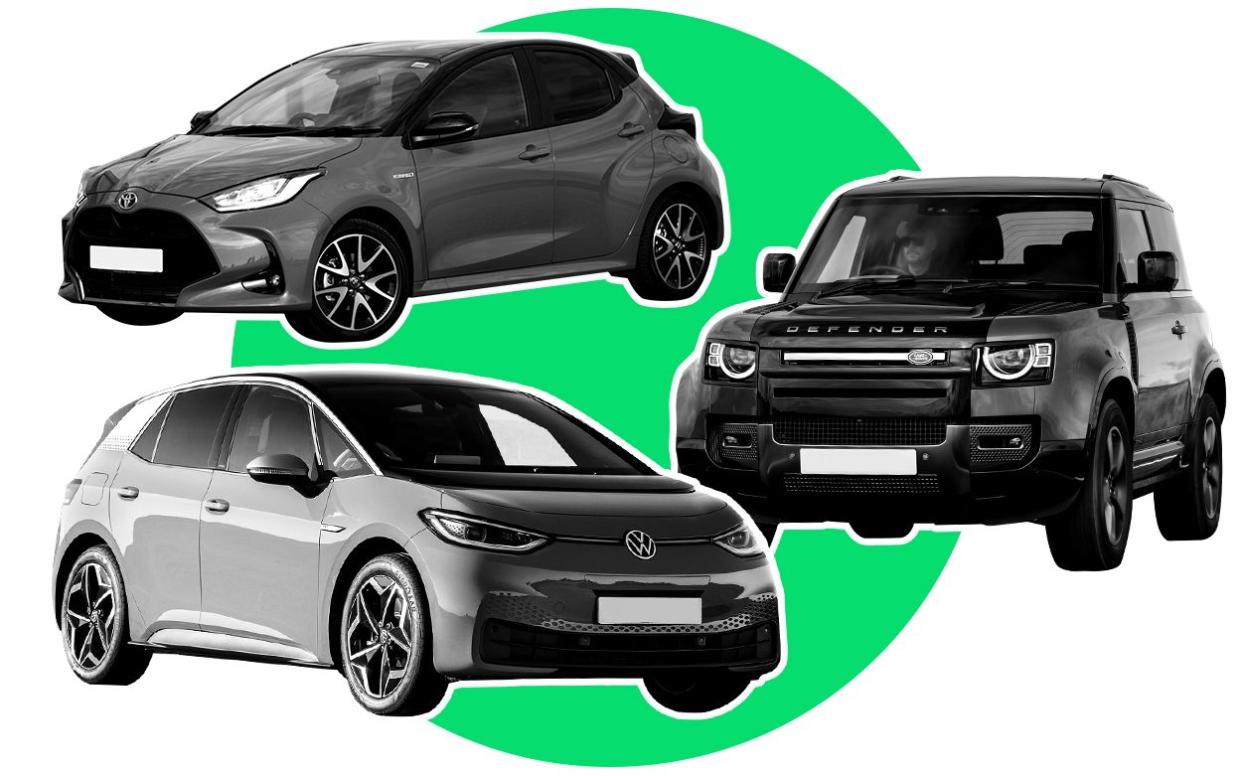
The annual Car of the Year award – the one all manufacturers want to win more than anything else – reaches its climax this afternoon with the announcement of the winner from Geneva. After a miserable year, during which the 2020 Geneva motor show was one of the earliest major events to be cancelled as Covid-19 spread, these seven cars represent the apogee of automotive endeavour. But which is the best?
Most motoring journalists will admit that there aren’t many questions about cars to which the answer isn’t “Golf”. Through eight generations since 1974, Volkswagen’s flagship family hatchback has delivered class-leading transport to the masses, been Europe’s bestselling car by a country mile and won the Car of the Year award twice, in 1992 and 2013. Yet all this might be about to change.
In gesture if not actual statements, VW points to its ID.3 electric car (EV) being the next generation of Golf which, in theory, implies it will imperiously sweep all before it in this year’s Car of the Year voting. As ever, the reality is more complicated.
Not least because it’s up against the sensationally able Land Rover Defender 4x4, but can you really reward a car that few will ever discover the worth of? Then there’s the latest Toyota Yaris, which is as competent and well-built as its predecessors, but with much-improved handling.
The latest Skoda Octavia is, in the opinion of the Telegraph’s motoring desk, a better Golf. Does that guarantee it the top spot? The next-generation, battery-electric only Fiat 500 is, by any measure, a bold step that deserves reward.
It doesn’t stop there. An all-new Citroën C4 goes into the 26-strong melee of competing family SUV crossovers, but with a distinctive style and a ride comfort like no other. And the Cupra Formentor, which is all Spanish (apart from the VW underpinnings), with a very stand-out style.
Of course, getting all seven finalists together for the annual drive-off event at Silverstone, along with sufficient sanitising and people-distancing, seemed unlikely. Yet with no horse in the race, Porsche saved the day by offering the facilities of its Driving Experience Centre within the circuit (including super-fast 270kW chargers – rare in the UK – for the electric cars). Our sincere thanks.
Each of the 60-strong Coty jury has 25 votes to spread across at least five cars from the seven-strong shortlist. The maximum points that can be awarded to a single car is 10 – I tend to be bold in my voting to ensure my favourite has statistical weight.
I’m not allowed to tell you the points I’ve awarded, but here at least is the way that I’ve voted – in time-honoured reverse order – along with my thoughts on each contender and links to my original reviews.
7th: Cupra Formentor
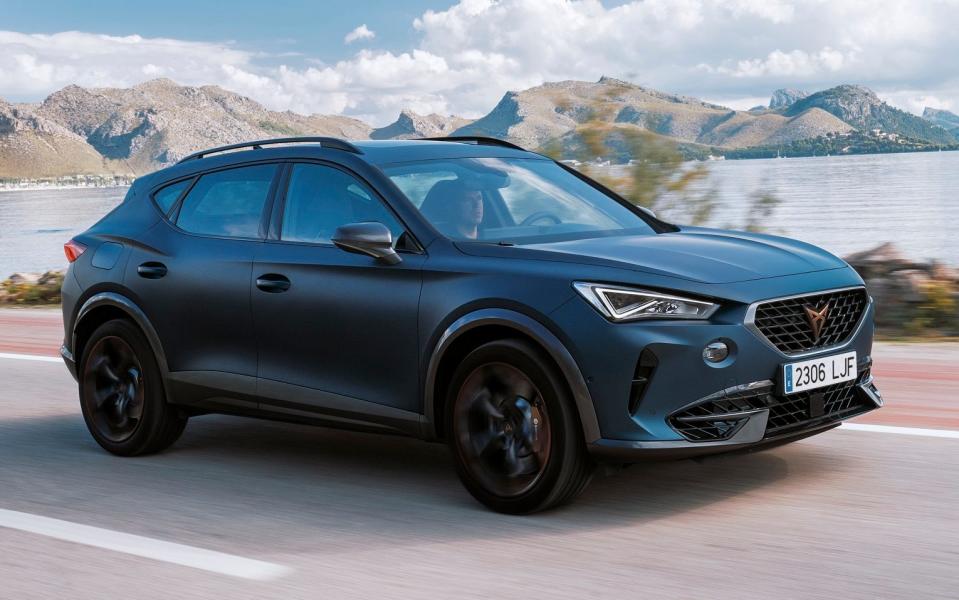
“Yeah, it’s something and it’s nothing,” said a colleague about this Seat-owned spin-off producing a range of sporting and heavily designed SUVs. And there’s no doubt that they are quite distinctive to look at, while the interiors are comfortable and intriguingly upholstered.
And, with suspension tuned by Seat’s talented set-up team, they manage a spirited but commendably un-rock-hard balance of ride and handling. The five-cylinder hybrid version is great fun if you like spinning front wheels and spectacular performance (I do), but I suspect that most will go for less fire-breathing versions.
What’s more, I’m still somewhat at a loss as to exactly who these cars are aimed at.
6th: Citroën C4
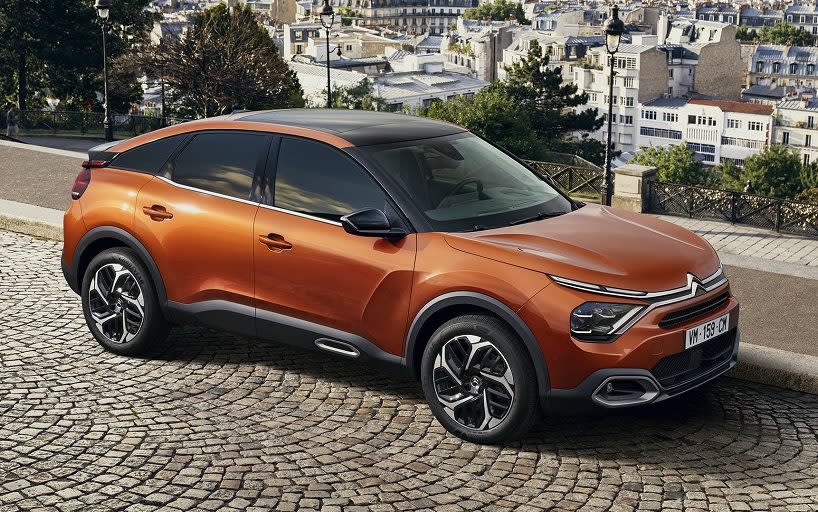
This mid-sized SUV goes into a crowded market; pricing, pitching and appearance will be super-important, but you also need a distinguishing feature. Citroën’s is ride quality.
Hydraulic bump stops on the C4’s dampers allow a softer, breathing ride in the middle of the wheel’s travel, but without the chassis float which usually accompanies more supple suspension. The set-up is akin to cossetting Citroëns of yore. The trouble is, not all the models ride like this. The electric version, while a perfectly acceptable example of a volt-powered SUV, is too heavy for the special dampers to have much effect.
The C4 is a nice example of what Citroën is attempting to do, with much to recommend it, but I’m not sure that makes it a car of the year.
5th: Fiat 500
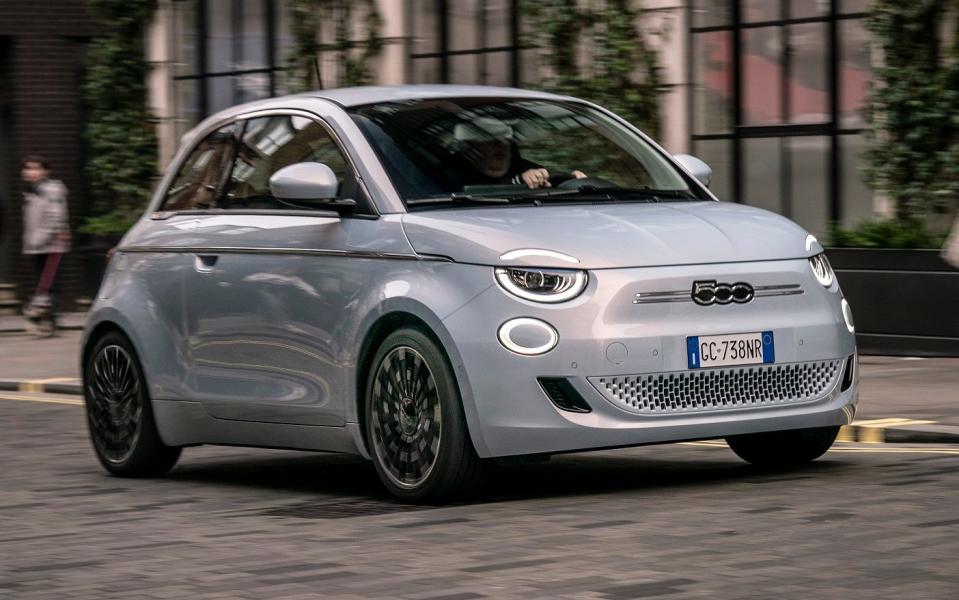
It’s brave to supply the new 500 solely as a battery-electric vehicle (BEV), although the previous generation petrol model (the 2008 Coty winner) continues to be built and sold alongside the new version.
Fiat’s business model might be one other makers, keen to retain their much-cherished car names, would do well to study. So, despite being bigger to accommodate the battery pack, this is a charming and confident piece of retro design inside and out.
“It’s important to recognise it for what it is, a city car,” says Olivier François, Fiat’s chief executive. Well, yes, but most people own just one car and the bugbears of the previous 500, poor and noisy ride quality and tiny rear seats, are still there.
As an urban runaround or a second car, though, the Fiat is charming, practical enough and terrific value.
4th: Toyota Yaris
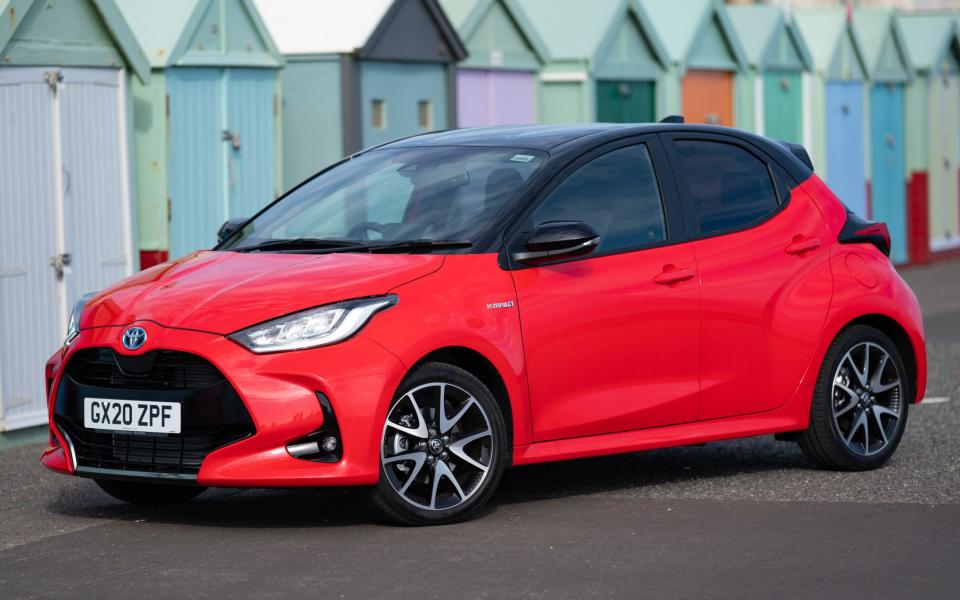
The first Yaris small hatchback was a concept-like curio launched in 1999 – and became only the second Japanese car to win the Coty award. This supermini continued to garner plaudits and sales ever since, although while the engineering, reliability and hybrid systems have been intriguing and highly refined, the Yaris has never been particularly engaging to drive.
That’s all changed with this fourth-generation version, which is based on Toyota’s new-generation chassis technology. The steering is much improved and the drivetrain is sharper, with none of the old models’ “rubber-band effect” Continuously Variable Transmission, in which the engine speed is unrelated to the road speed.
It’s not as spirited as the bestselling Ford Fiesta supermini but it’s better than it has a right to be, although the touchscreen controls are still pretty poor and the new-found handling prowess comes at the cost of an abrupt ride quality.
3rd: Skoda Octavia
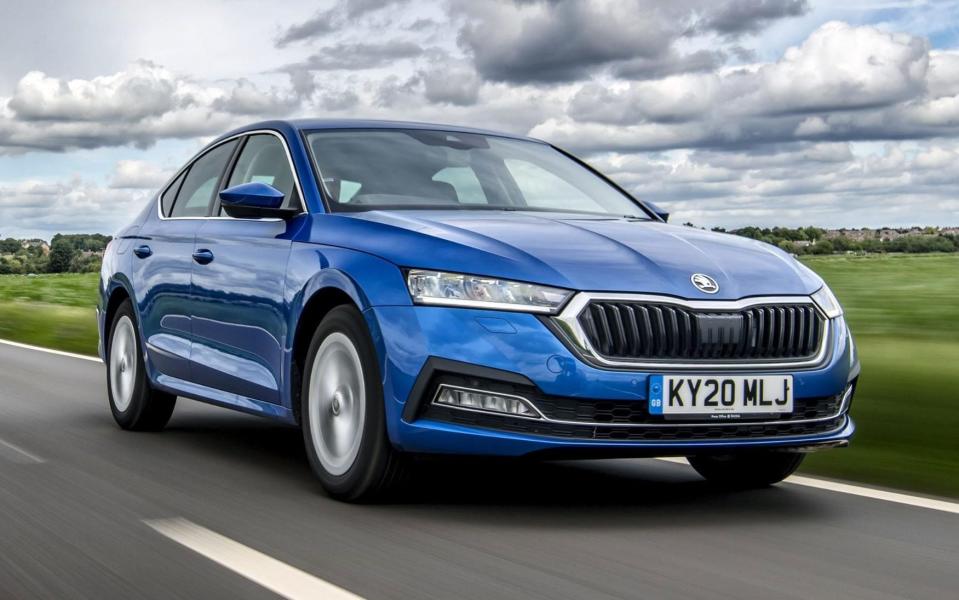
Guido Haak, Skoda’s head of product management, generously gives full credit to the Czech company’s practice of “sawing apart a VW and adding bits”, a practice that has done pretty well for the Octavia since its launch in 1996.
This is to the extent that this unassuming family hatchback and estate is Skoda’s biggest seller, helping to enshrine the company as Europe’s eighth bestselling car maker.
This fourth-generation Octavia is nicely made, with well-judged equipment levels and seven VW Group-derived drivetrains including mild, full and plug-in hybrid versions (pick the most powerful version of the latter if you are buying).
It rides well and while not exactly sporting (although a vRS performance model is on the way), it’s sharp enough. Inside Skoda has taken a step forward in quality and practicality; this car also drives well and is very comfortable.
2nd: Land Rover Defender
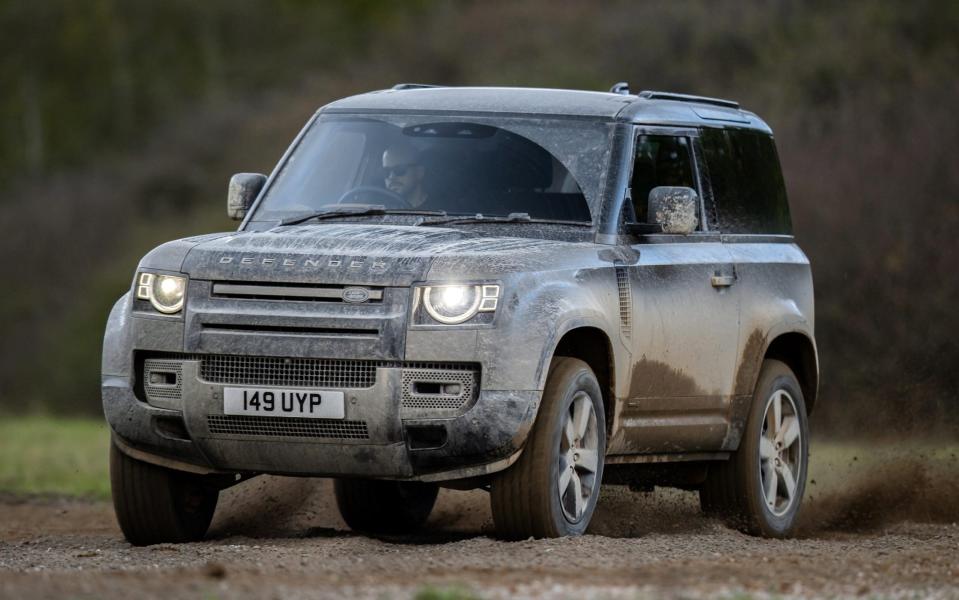
Read Andrew English’s review of the Land Rover Defender 90
Read Andrew English’s review of the Land Rover Defender 110
It’s 73 years since the launch of the first Land Rover, which became the Defender in 1990 but was still recognisably based on the 1948 original. It was also crude, unreliable, expensive to build and had a diminishing market.
For those who say that this new version isn’t in the spirit of the old Defender, I’d point out that it might have been had the Defender been allowed to naturally evolve over the years. For this is a great looking vehicle, probably the most effective off-road device outside of a horse and with road manners and ride quality that are out of sight of its predecessors and more than good enough for the average family.
The interior has a sense of occasion that few can match and while not hose-out, it’s certainly sponge-out; tough and seemingly durable. It’s not Land Rover’s fault that so few of these cars will fulfil their destiny of adventure in remote regions, instead being driven in congested urban centres, but as Sir Edmund Hillary said of Ernest Shackleton: “When disaster strikes and all hope is gone, get down on your knees and pray for a Defender…”
1st: Volkswagen ID.3
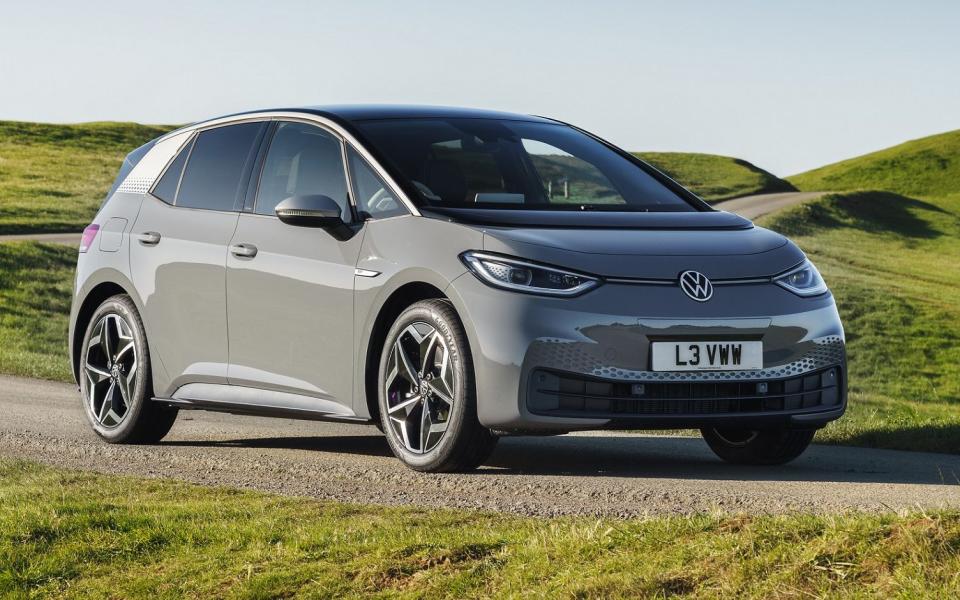
Just as I did in 2011, when the Nissan Leaf took the Coty crown after becoming the first electric car to make the shortlist, I’ve wrestled with this choice because while the ID.3 is undoubtedly significant, it’s also flawed.
After trashing the reputation of European carmakers by cheating on diesel emissions, VW has spent €11 billion (£9.6 billion) and effectively split itself in half, with new European battery car and cell factories running alongside its more traditional cars and plants. The MEB battery-specific platform that underpins the ID.3 will be available to all the VW Group marques and also Ford, so this is genuine first.
Rear-wheel drive, a bit blobby to look at and with an interior upholstered with snazzy if spectacularly artificial materials, the ID.3 drives and rides well (although you can spec it up into a much worse-handling car). The middle 58kWh battery seems to be the best combination of price and range and on a 270kW charger 4kW flowed into the battery in less than two minutes – if only we could all have one of these chargers…
As with all battery cars, it’s almost impossible to achieve the claimed range and although VW thinks its buttonless touchscreen is the cat’s pyjamas, it’s actually stupefyingly annoying.
For new and used buying guides, tips and expert advice, visit our Advice section, or sign up to our newsletter here
To talk all things motoring with the Telegraph Cars team join the Telegraph Motoring Club Facebook group here

